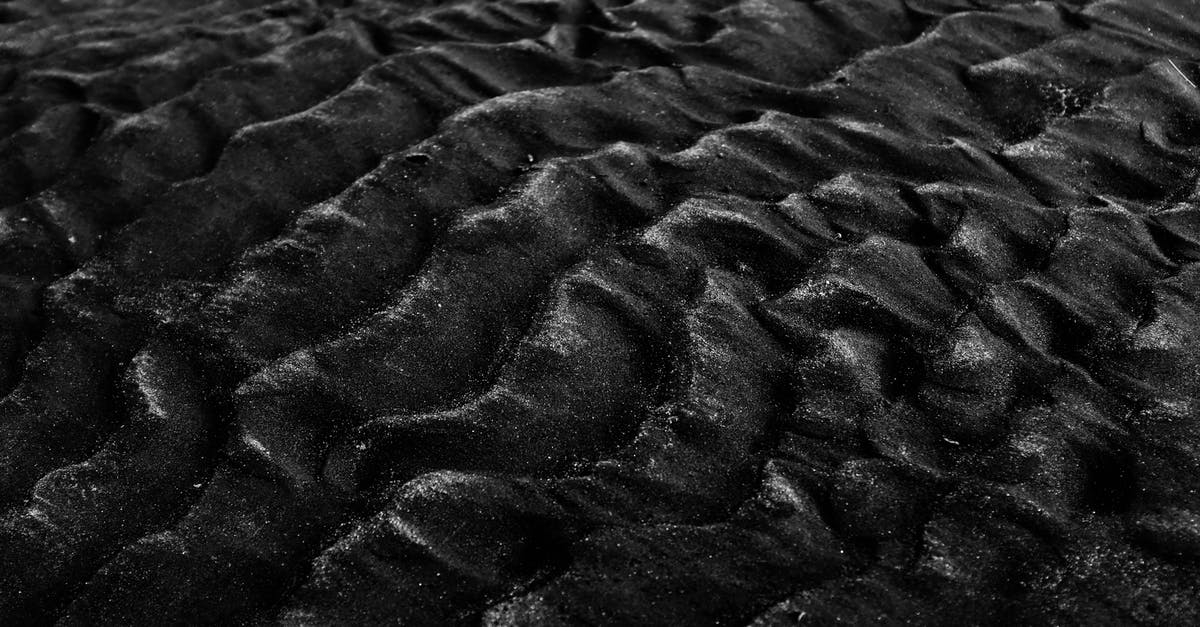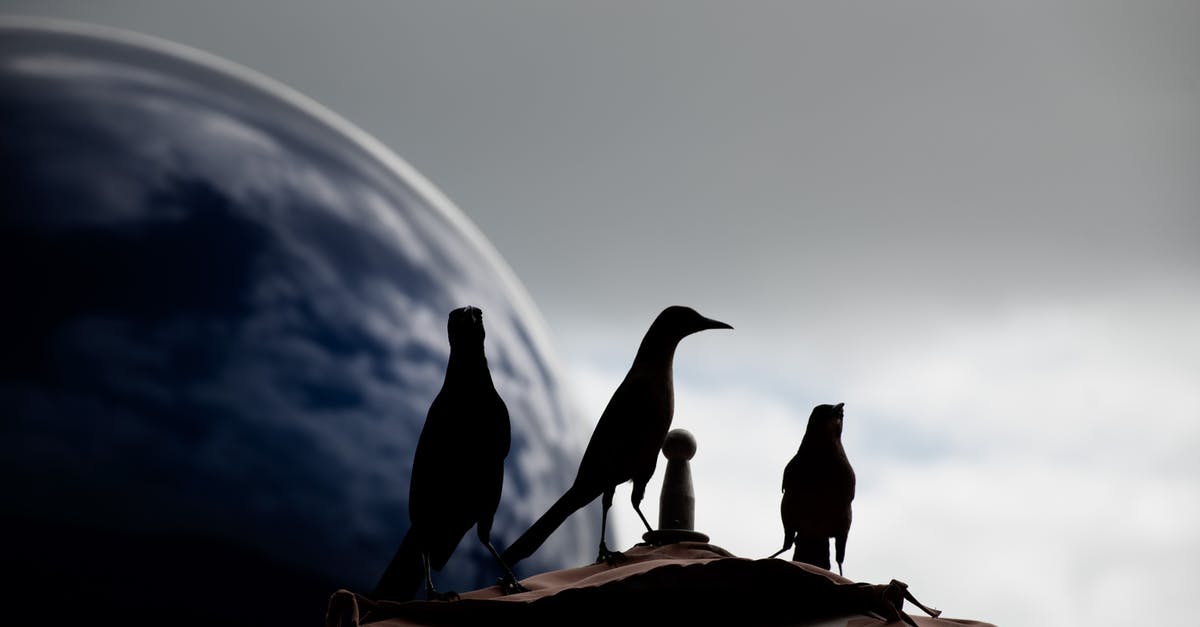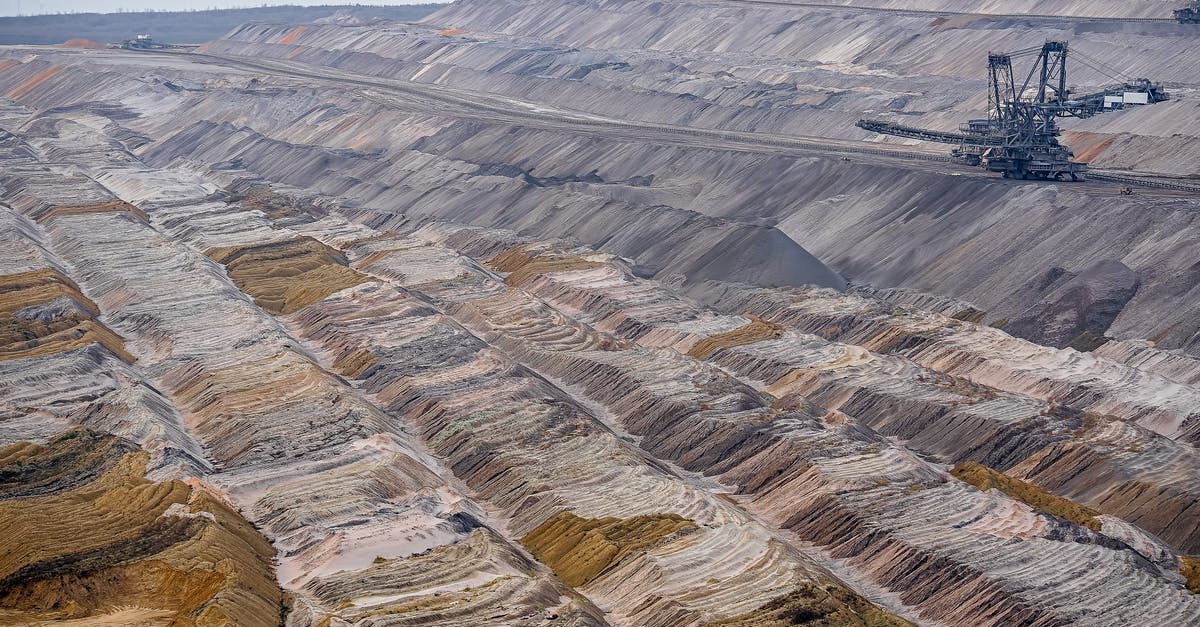Condition of Earth in Interstellar

What caused the earth condition in Interstellar in the first place? Was it global warming that caused the dust storms because of soil erosion?
Best Answer
I think the details what caused earth's current state are left a bit unclear and that on purpose. What we know is, that there are two different aspects to earth's devastating state:
- There is the blight which attacks and destroys the crops, causing a major sustenation problem on earth and in parallel intoxicating the atmosphere, gradually making it unbreathable for humans, so that "the last people to starve will be the first to suffocate".
- Then there are the dust storms roaming the lands.
But while I'm not entirely sure how those two aspects are related exactly, I would presume that the blight also causes the dust storms, as the death of a majority of plants might likely be causing an increasing desertification of the earth's surface. And in fact Wikipedia says, that the whole situation on earth was largely inspired by the Dust Bowl that took place in 1930s USA, where huge dust storms were caused by by wind erosion due to a lack of basic plant material in the soil (albeit there ultimately caused by droughts combined with wrong farming and not by the blight).
But it is unclear why the blight has become such a big and ultimately unsolvable problem and the movie doesn't seem to suggest any connection to global warming. In fact to me the movie seems to deliberately try to not ask, let alone confirm, the question if humanity's and earth's whole problem was actually caused by ourselves. This would make the whole endeavour of trying to find a new planet look much less favourable, making humanity basically look like "locusts" in search for the next planet to run down. I think this angle is at no point explored or suggested by the movie at all, even though Donald once makes some little comments about consumerism and missing modesty back in the old days. It is about humanity's progress and solving of its current problem, not about asking whose fault it was. All we know is that "[this world]'s been telling us to leave for a while now".
So to sum up, it's the blight that causes the whole sustenation and toxication problem and likely also the dust storms, but we don't know how it could get out of hand so heavily.
That being said, I'd like to amend this answer by some information from the book The Science of Interstellar by Kip Thorne, the physicist who accompanied and advised (and produced) the movie from as early as its initial conception onward. He does also make some remarks about the state of earth and especially the blight it's plagued with, even if they don't present a definite answer for its origins either.
It is clear, that the scenario of earth's situation was envisioned by initial screenwriter Johnathan Nolan as a matter of fact without worrying too much about its actual cause:
In 2007, when Johnathan (Jonah) Nolan joined Interstellar as screenwriter, he set the movie in an era when human civilization is a pale remnant of today's and is being dealt a final blow by blight...
Some combination of catastrophies has reduced the population of North America tenfold or more, and similarly on all other continents. We have become a largely agrarian society, struggling to feed and shelter ourselves. [...] Most of us think the catastrophies are finished, that we humans are securing ourselves in this new world and things may start improving. But in reality the blight is so lethal, and leaps so quickly from crop to crop, that the humans race is doomed within the lifetime of Cooper's grandchildren.
...But Lynda Obst, Jonah, and I worried a bit about the scientific plausibility of Cooper's world, as envisioned by Jonah: How could human civilization decline so far, yet seem so normal in many respects? And is it scientifically possible that a blight could wipe out all edible crops?
As a consequence he, the physicist he is, arranged a meeting with some of his biologist colleagues from CalTech to discuss about the plausibility of this scenario and the possible causes for it.
Our final consensus, easily reached, is that Cooper's world is scientifically possible, but not very likely. It is very unlikely to happen, but it could. [...] What kind of catastrophies could have produced Cooper's world? Our biologist experts offered a number of possible, but improbable, answers.
What follows are various possible scenarios, from larger geological or biological catastrophies shattering the globally balanced system of growing and distribution, a sudden evolution of pathogens breaking our immune system, and yes, also global warming but more indirectly either melting the ice and freeing some long dormant pathogen or people trying to counter it by growing algae that evolve into a toxic form.
And the there is blight -- the consequence of many of these scenarios. [...] If you want something to wipe out humanity, there might be no better way than a blight that attacks plants. We are dependent on plants to eat.
They also discuss that today's blights are either highly lethal but very specialized to certain plants or generalist but not too lethal. But
In Interstellar, the focus is a lethal generalist blight running rampant over the Earth.
(He also discussed about the resulting problem of unsustainable intoxication of the atmposphere by CO2 with some biologist and geologist colleagues, reaching the conclusion that it would rather be the other way around, the CO2 enrichment of the atmosphere after the plant decay would in turn result in global warming, but also that the amount of intoxication would be far less and not enough to make everyone's breathing uncomfortable, let alone kill most everyone by CO2 poisoning. At least not if geophysicists heavily err about the amount of undecayed organic material at the ocean bottoms.)
As a further addendum and for a bit more out-of-universe insights as to why the dust storms were chosen as an emanation of the blight, we can take a look at an interview that Jordan Goldberg conducted on the two Nolan brothers, quoted here from the book Interstellar: The Complete Screenplay with Selected Storyboards:
For me the whole dust situation came from looking at Jonah's original draft and focussing in on the idea of a return to an agrarian society. [...] What I found interesting was the idea that when you research the kind of farming community that existed in the past, they're very subject to the elements, they're subject to the natural disasters. And whilst I think the blight idea was always extremely compelling as a device, it was inherently not very visual because you're talking about things not growing or dying. We found ways to dramatize it by setting fire to the fields and the like, but I really wanted to get across two ideas with the dust situation. One was a simple way of visualizing the decay of a farming community or the ability to be able to farm. And the other key point is from watching Ken Burns's documentary The Dust Bowl, which is incredible if you haven't seen it because it is science fiction. It seems like science fiction. You cannot belive the images you're seeing, the real images. [...] And I really like the idea of trying to dramatize your inherent blight situation in a sort of disaster movie mode and make it bit more visceral. But do it in a way that has already happened on our planet, for real, that has been documented. [...] I really like the idea of saying that the most threatening and outlandish visual idea of the first act has already happened in real life. It's not even under question.
Which makes clear that the dust storms as consequence of the blight were primarily used as a more visual and epic representation of the rather abstract concept of dying plants, and presented in a way to evoke memories of our own real past.
And in the further course of the interview Jonah Nolan also confirms my suspicion that the question of humanity's blame in the whole disaster was kept deliberately unasked:
We're sort of in this moment in which humans are obsessed that we'll prove our own undoing -- that we'll poison the planet, we'll destroy ourselves, and all these things. But I thought it would be more interesting to find a slightly less personal Armageddon, or the idea that the universe obliterates you or the planet turned itself toxic because it doesn't care about you and me because we're an accident in outer space. The blight and dust provided what I thought was a great, impersonal way for the planet to sort of gently suggest that our time here was over. That it was the moment to move on, rather than being something that we had brought on ourselves which, in its own way, feels anthropocentric.
As also reinforced in this IGN interview with him:
The one that I was most interested in was blight, because it's so impersonal. [...] Essentially, it's just an organism that's better at consuming our food than we are. There is nothing more humbling. You know, it's not a message film. [...] I think that we should be as responsible and careful as possible, but I also believe that what will most likely wipe us out will be something that has nothing to do with us, that it's completely impersonal -- whether it's cosmic rays or a blight or pestilence or plague.
Pictures about "Condition of Earth in Interstellar"



Interstellar: Dr. Brand explaines why earth is doomed. *HD* *Subtitles*
More answers regarding condition of Earth in Interstellar
Answer 2
I agree with all of the accurate scientific reasoning posted here and wanted to add the importance of decomposers as a vital part of the food web/component in soil; soil should NEVER be sterile; this is why-in the movie-THE MARTIAN-the character has to add his feces to the soil-to introduce the needed cycle of decomposition. Additionally, and this was already mentioned, the idea of a mono-culture and lack of other producers/autotrophs (plant matter) creates a desertification situation-as I teach my ecology students: "deforestation creates desertification". I assume that the Earth at this point in the movie does not have any plant life other than corn as evidenced by the constant dust storms and talk of a corn mono-culture-but hey, it is just a movie! I do enjoy it though since I teach astronomy & ecology so it is nice to see a plot line that discusses both topics.
Answer 3
There is a reference to the blight thriving on oxygen. Since only 12% of the atmosphere is oxygen, it wouldn't take much to make us suffocate if that percentage was lowered significantly. I think they might have been saying that the oxygen was being turned into nitrogen by the blight. That suggests that that suffocation would be occurring before starvation. There were a lot of subtle lines in the movie about the cause. Hypothesizing, the blight could have been created by genetically engineering a plant, that mutated into the blight. Lots of hints, but no hard facts.
Answer 4
I think its animal agriculture, it could be that a mix of global warming caused by mass animal agriculture and possibly a virus that wipes out our farm animals (antibiotic failure) and possibly the death of the honey bee and oceans due to pesticides and pollution then a very quick rise in over all temperatures. They seem to know that no matter where they go to itl be the same situation. They don't seem to be farming any animals. When Michael Cane suggests 6 billion people trying to have it all I truly believe they are suggested the world is in that state because of all the problems we are facing right now in reality..if we keep consuming the way we are right now in 2017 intersteller is where the road ends..but were probably not going to be as lucky..
Answer 5
Here are some observations from the movie to answer the question of Earth's condition in the movie interstellar.
Grandpa speaks of 6 billion people competing to obtain high-technology gadgetry in the past as being, perhaps, extravagant, compared to the present agrarian and peaceful way of life in small settlements. Small settlements aren't mentioned, but can be inferred in the movie. There is no TV, no radio, no military. In other words, resources are so limited that large-scale endeavors (mass communication, political economy, security, commerce and industry) are defunct. The UAV flying around on its own (non-operated utility) supports this. It being taken down for parts also suggests an age of improvisation (as different from innovation). There is a school that runs on a quota system - where even scientific indulgence and technological pursuits are discouraged. The main focus is on agriculture, or naked survival.
Of course, there aren't thriving, metropolitan cities. Notice the lack of cattle, or even pets, in the movie. One usually expects to see dogs on a farm; none here. Remember Grandpa craving for a hot dog in the baseball match? This hints at extinction of farm animals, and most likely all fauna and most flora. If you factor in the food shortages, humans are the only lifeforms in the movie and running out of time.
The above cues mean earth's resources have been spent and dying out. Michael Caine's character talks about the inevitability of crop failure. This could be due to some extraordinary blight, but given the above observations, food shortage is due to artificial overproduction to the point of arrested soil fertility. Crop rotation, which naturally replenishes supplements in the soil, has failed due to overuse of artificial fertilizers, pesticides and genetic manipulation of agricultural resources. Factor in pollution also and and we're looking at inert soil. Vast land-stretches without plant matter is the reason for the massive dust/sand storms. The storms further destroy existing plant life due to sand and wind erosion. So, food shortage grows exponentially.
Grandpa also speaks of bombs from satellites to kill people. While I don't exactly remember the context of that statement, it is possible that big wars for survival could have happened before. In that case, the settlement in the movie could be one of thousands of isolated, locally governed and sustained villages around the world - very much identical to early human agrarian settlements.
In conclusion, the Earth's condition in the movie is very likely a result of human-led indulgence over Earth's finite resources. Nuclear holocaust and blight are unlikely given the underlying moral of the story - love is the most important virtue and it conquers all, even if you lose a century in the process. It is the one driving force to keep us alive together. Greed and selfishness doesn't cut it (personified by Dr. Mann). The movie even gives love a physical dimension to point out that science doesn't have all the answers to humanity. The little things count. Let us not run out of that, for it may be too late. Nothing original on the sci-fi end, though, except VFX.
Answer 6
Is it possible too that with Monsanto taking over farming and genetically modifying food that at some point with the lack of genetic diversity in crops, plants had lost their ability to survive fungal infestations as well as other forms of disease. If at some point overpopulation became an issue, food may have been modified to produce higher yields as a more desired trait and in doing so, lost some immunity to other environmental factors. Corn being one of the most genetically diverse foods would have a slightly higher rate of survival? Just an idea to add here.
Sources: Stack Exchange - This article follows the attribution requirements of Stack Exchange and is licensed under CC BY-SA 3.0.
Images: Adrien Olichon, Blue Arauz, Anna Shvets, Mike van Schoonderwalt
